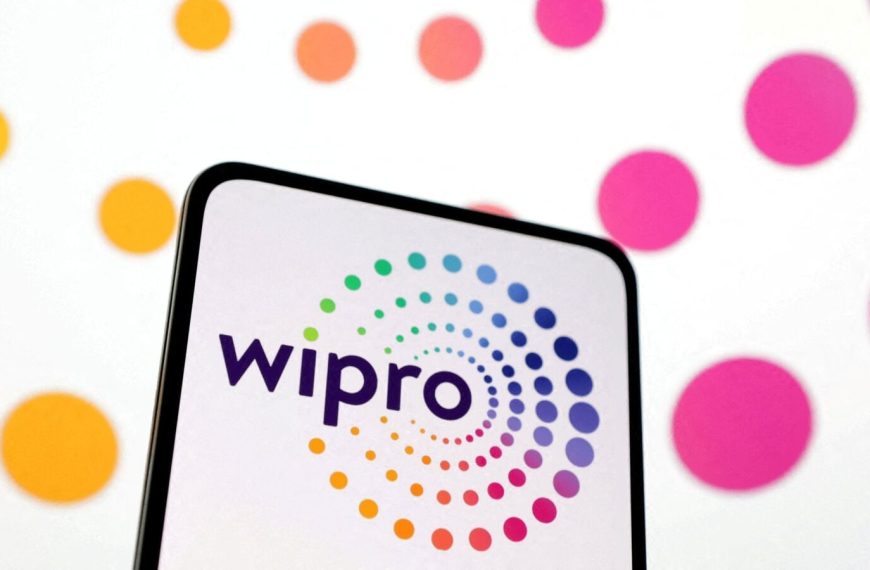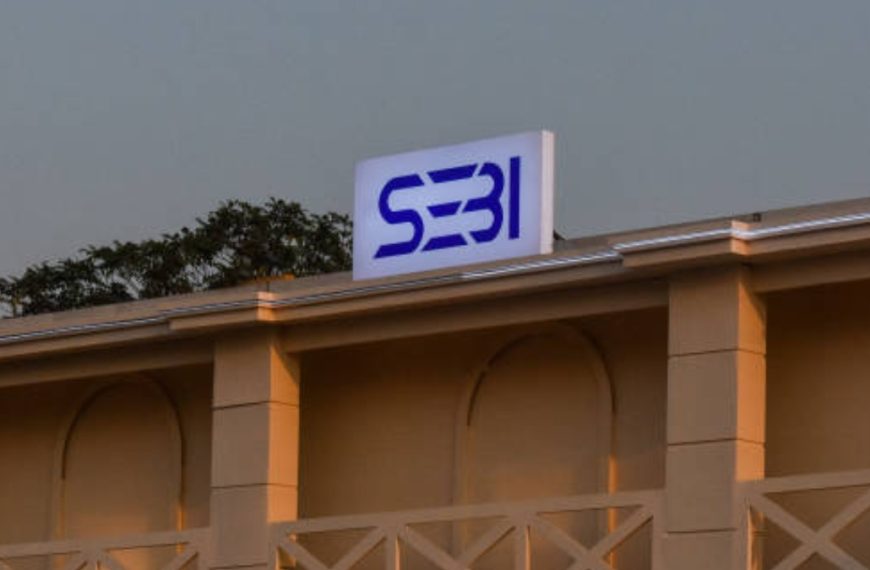India’s tech hardware industry is on the verge of a significant transformation, poised to capitalize on recent shifts in global trade dynamics. With the United States imposing hefty tariffs on electronics imports from major producers like China, Mexico, and Vietnam, India stands to benefit, especially in the smartphone manufacturing arena. A recent analysis by CLSA highlights how India’s competitive advantages can reshape the electronics landscape.
Tariff Landscape and Competitive Advantage
The U.S. has introduced tariffs ranging from 25% to 54% on electronics imported from these countries, which collectively account for over half of the U.S. electronics market. Notably, smartphones represent a staggering $51 billion in imports, with China, Vietnam, and India being the primary suppliers.
- China faces a 34% tariff
- Vietnam is hit with a 46% tariff
- India, however, enjoys a more favorable 26% tariff
This pricing structure positions India as an increasingly attractive alternative for global brands.
The Role of Production Linked Incentive Scheme
India’s advantage extends beyond tariffs. The country’s expansive domestic market, coupled with the Production Linked Incentive (PLI) scheme, fosters backward integration, significantly enhancing cost competitiveness. This support is crucial as major smartphone manufacturers like Apple, Samsung, and Motorola already have assembly operations established in India.
Dixon Technologies: A Key Player
Among the potential beneficiaries of this evolving landscape is Dixon Technologies. The company has cultivated strong partnerships with prominent brands such as Motorola, Google, and Nokia. While Apple and Samsung have opted for in-house assembly or partnerships with non-Indian firms, Dixon’s growing importance in the supply chain is expected to solidify its market position.
Potential Risks Ahead
Despite the promising outlook for India, challenges loom on the horizon. For instance, Brazil, with its 10% tariff, may become a formidable competitor if production increases there. Additionally, evolving trade agreements, such as Vietnam’s proposal to eliminate all tariffs on U.S. imports, could undermine India’s current advantages.
- Brazil’s lower tariff could shift supply chain dynamics
- Vietnam’s trade agreements may impact India’s positioning
Conclusion
As global supply chains adjust in response to tariffs, India’s tech hardware sector is uniquely positioned to thrive. With a combination of lower tariffs, a robust domestic market, and strategic policies like the PLI scheme, India could emerge as a leader in smartphone manufacturing and beyond. The coming months will be critical in determining whether India can fully leverage these opportunities against emerging global competition.











